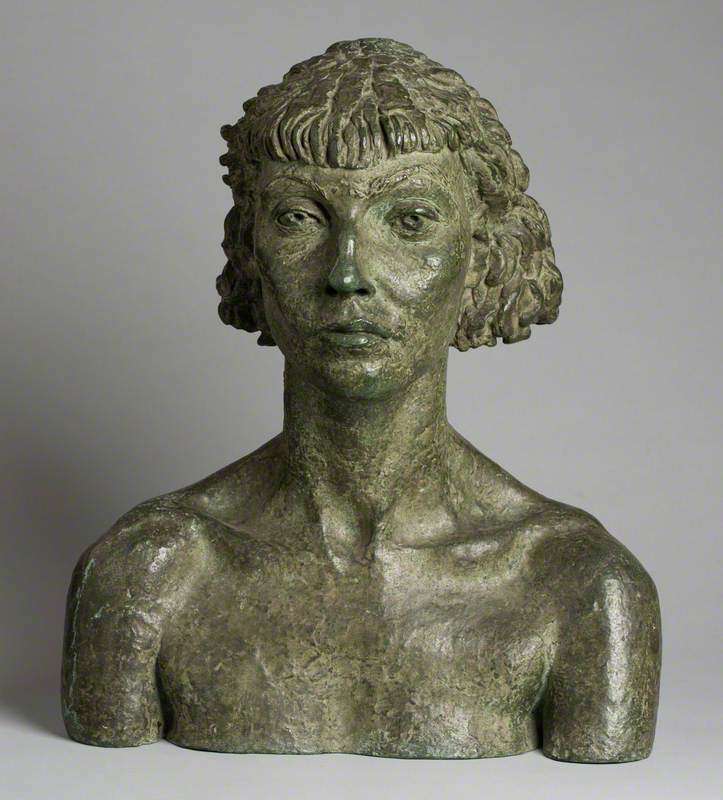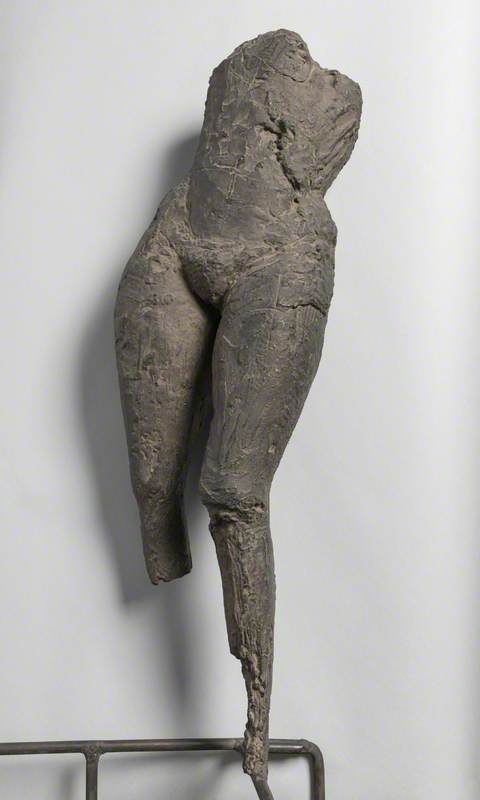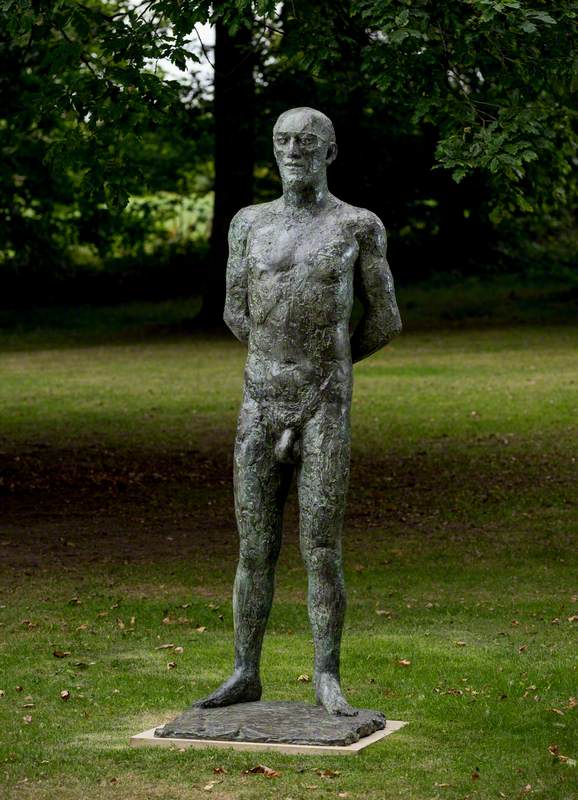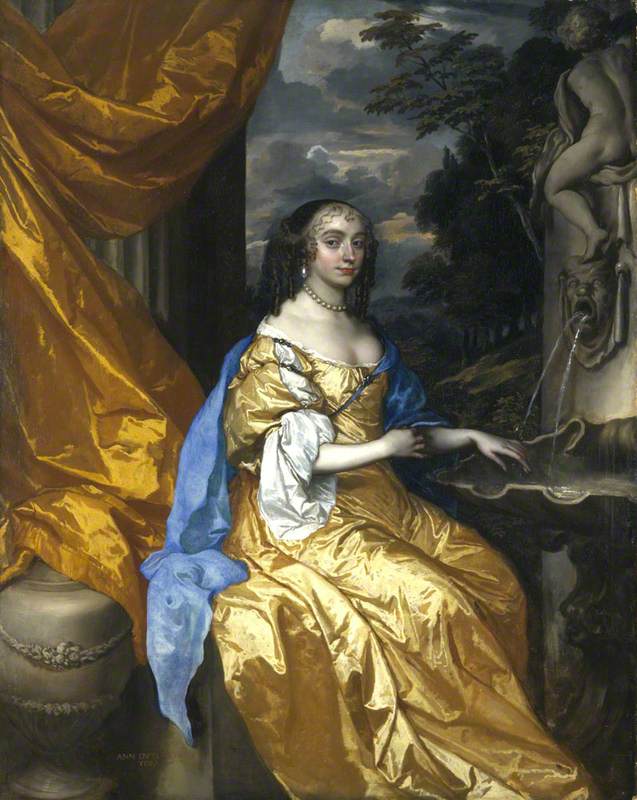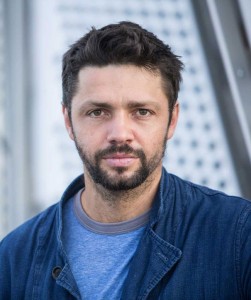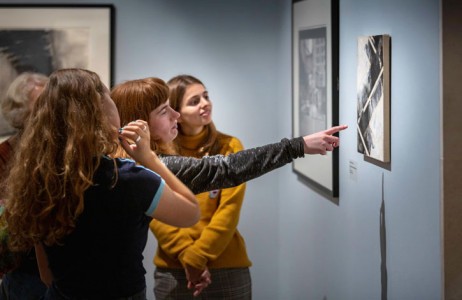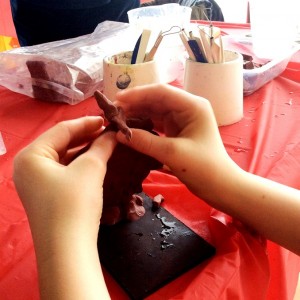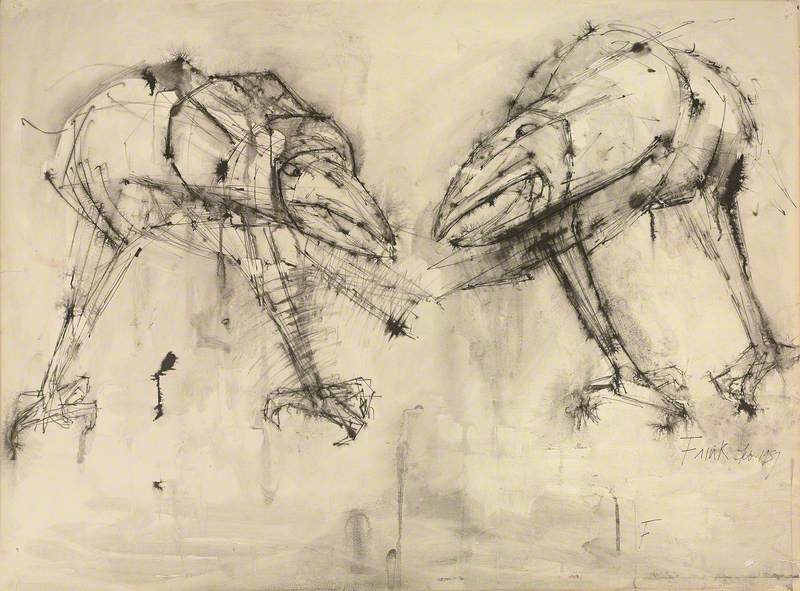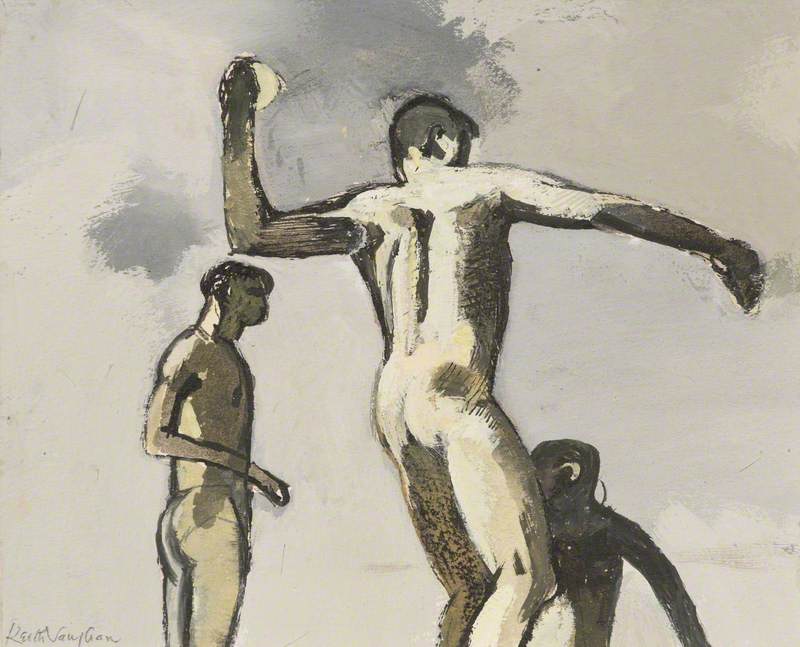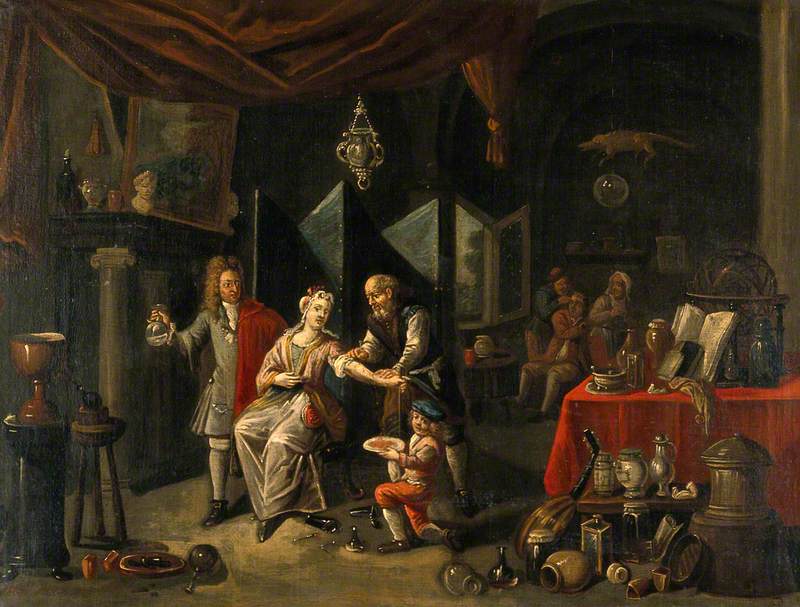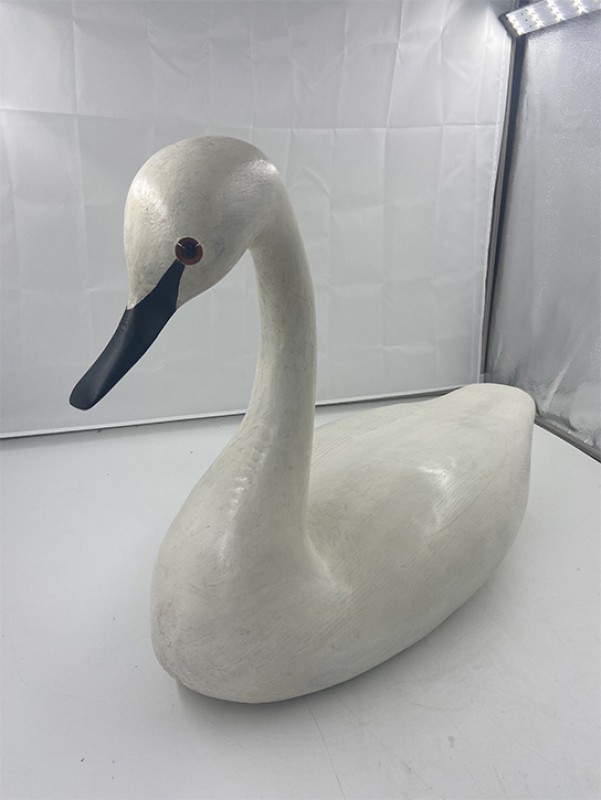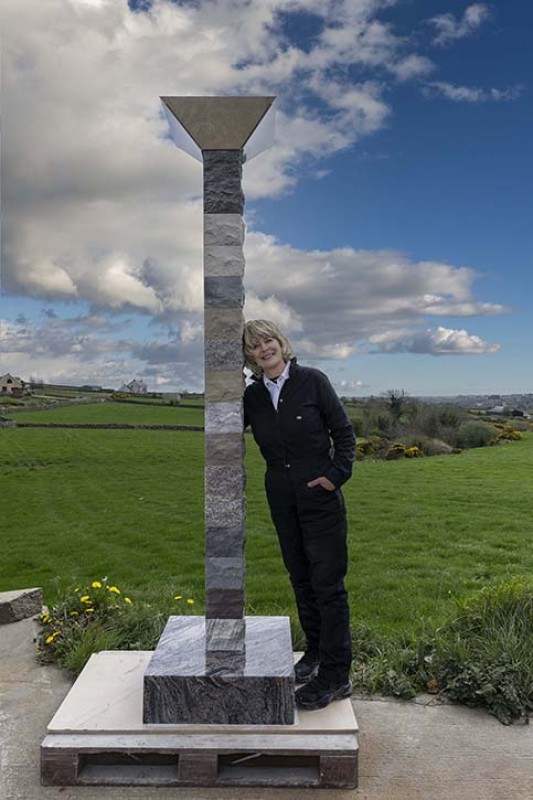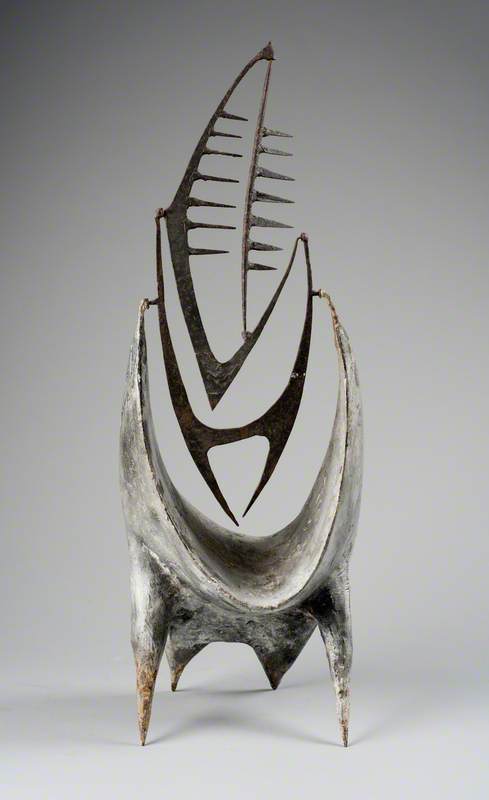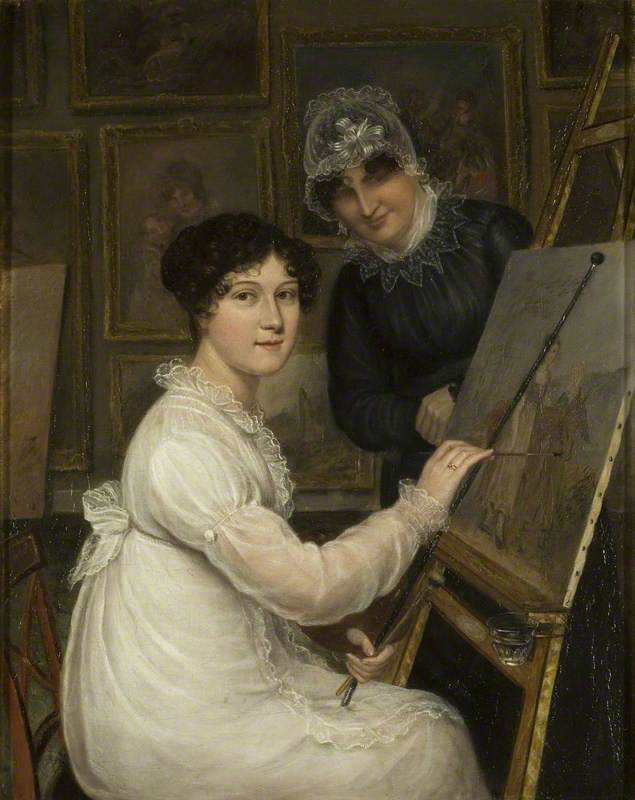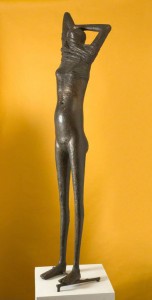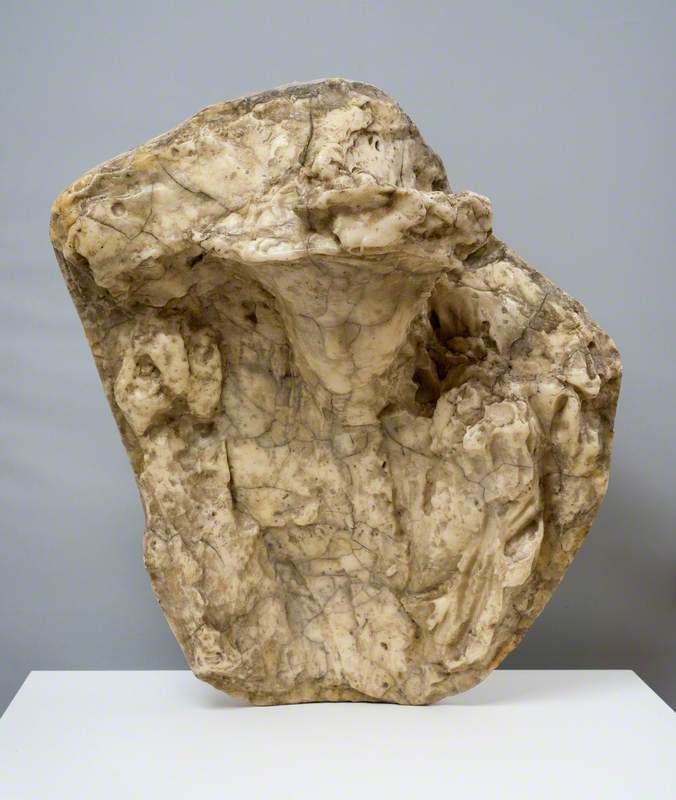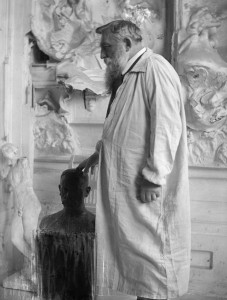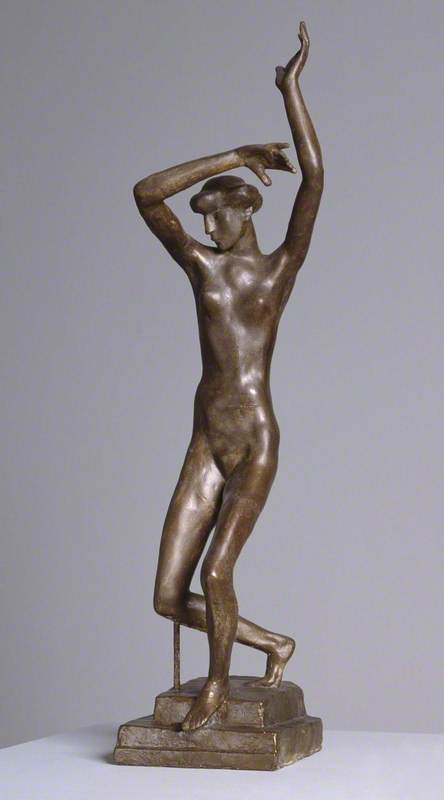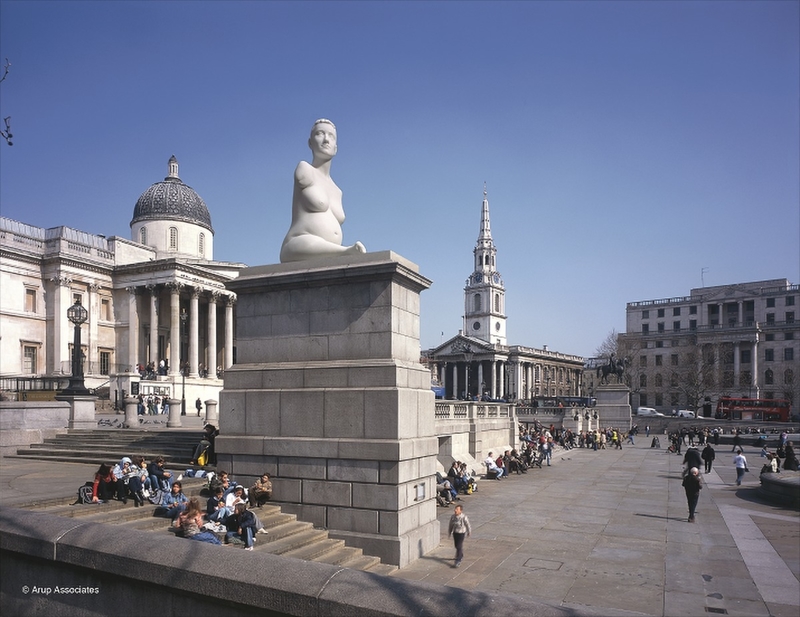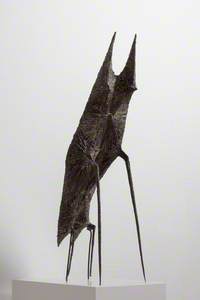'Being Human: an exhibition of modern sculpture' at Bristol Museum & Art Gallery (until 4th October 2020) explores how sculptors have grappled with the human form.
Presenting works from the museum's collection, the exhibition highlights much of which has not been on display for some time. The show draws together work focusing on the themes of beauty, identity, sexuality and existential angst in the aftermath of the Second World War.
Being Human: modern sculpture at Bristol Museum & Art Gallery
front cover of exhibition booklet by Julia Carver and Bristol Museum & Art Gallery, published by Sanson & Company 
Bristol Museum & Art Gallery has a fantastic collection of work by the mid-century so-called 'Geometry of Fear' artists.
The name was coined by the writer and art historian Herbert Read when reviewing the artists' works at the Venice Biennale in 1952. He had described their spiky, twisted, inimical forms in his introduction to the exhibition – and the name stuck.
Exhibited in the show are examples of work by Lynn Chadwick, Reg Butler, Kenneth Armitage and Bernard Meadows. One highlight is Chadwick's unique, award-winning 1956 work Idiomorphic Beast, which was acquired by the museum the year it was made.
For the exhibition we wanted to contextualise the artists in twentieth-century British art – and show the museum's earlier sculptures by Wilhelm Lehmbruck, Jacob Epstein, Henri Gaudier-Brzeska and Frank Dobson and to bring out work by the contemporaries of Chadwick and all such as Hubert Dalwood and Ralph Brown.
The theme of the human figure was a constant. Yet from this preoccupation, two issues arose. Firstly, the focus on women's bodies, seen in the highly sexualised sculptural portrayals of Reg Butler. Secondly, the ostensible lack of female artists, a reflection of how difficult it was to be a female artist in the mid-twentieth century.
The difficulty had been noted by Butler's wife – and studio assistant – Rosemary Young, who once remarked that 'you had to be a very, very extraordinary person' to be one.
I became interested in Elisabeth Frink's portrayals of men – virile, vigorous men, violent, macho men – but also vulnerable men, arguably the victims of her thuggish soldiers. It seemed almost as if they were a kind of response to the masculine world in which she worked although she refused to consider gender as an issue affecting her career.
I decided to add contemporary work as a commentary on the theme of beauty and women's bodies. So Yeesookyung's Translated Vase, which assembles broken shards from traditional Korean moon jars can be seen as a commentary on the broken body or fragmented form of sculptures by Lehmbruck and Robert Wlerick.
Translated Vase 8
2012, ceramic & gold by Yeesookyung, gift: the Art Fund under Art Fund International, 2012, K6426 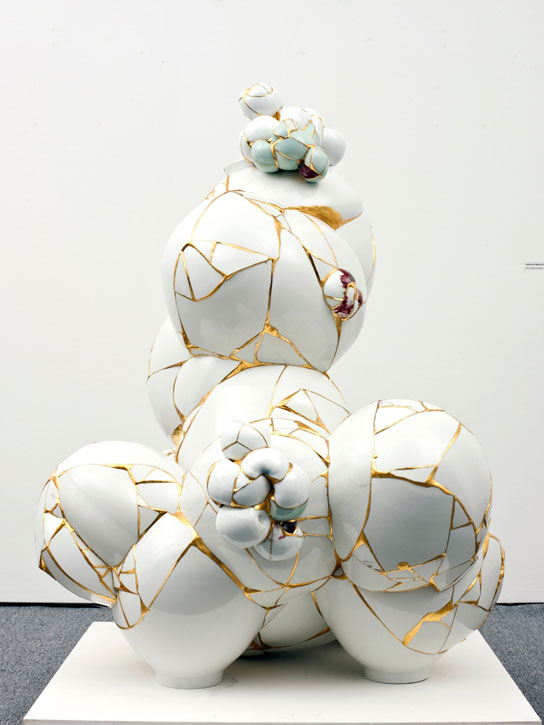
Mary Reid Kelley's pun-laden moving image work This is Offal is inspired by Victorian treatments of female suicides in poetry. The work shifts to the twenty-first century with a messy performance of a corpse whose organs come to life during her autopsy and begin to debate the cause of death.
Shown in a space adjacent to the sculpture of Butler, Dobson and Chadwick, it's a mordant take on death and the body that offers a reappraisal of images of women.
This is Offal
2019, video, 12 minutes and 51 seconds by Mary Reid Kelley and Patrick Kelley, gift: supported by the Moving Image Fund for Museums, 2019, K6553 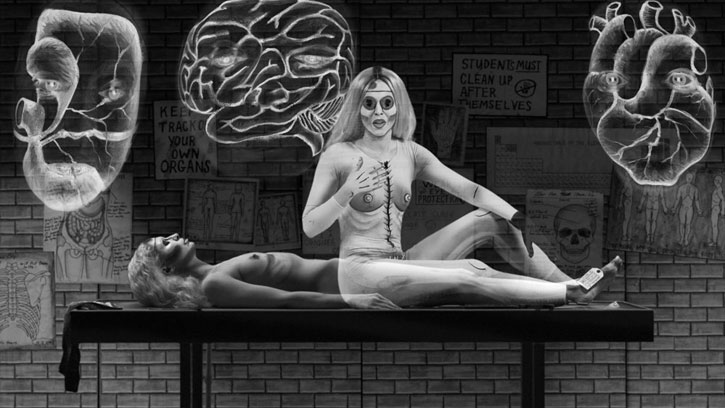
In our seminar, 'Being Human' (18th March 2020) we hope to draw out some of these themes, with Tania Moore discussing the career of Frink, and Dr Clare Johnson reading the whole exhibition through Reid Kelley's film.
The wider context of sculpting the body, from medieval times to the present will be examined by Dr Peter Dent. Dr Chris Stephens will explore the work of Hubert Dalwood, whose sculpture Woman Drying her Feet is a kind of reversal of Butler's sexual portrayals.
Woman Drying her Feet
1955, plaster sculpture by Hubert Dalwood (1924–1976) 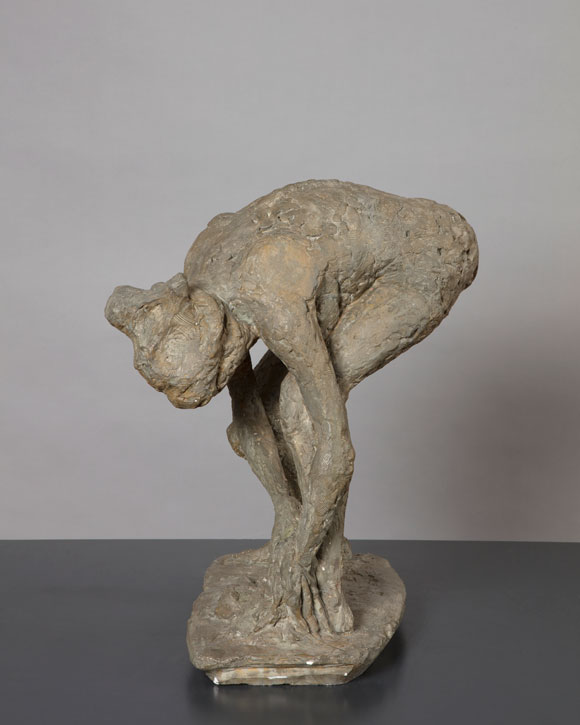
I'm hoping there will be some exciting discussion, and to reach some new ground around Dalwood, Butler and Frink's tutor, Bernard Meadows. Although there have been recent shows focusing on Frink and Chadwick, it would be interesting to explore their contemporaries in further detail, perhaps an exhibition that brings to light the legacy, influence and impact these artists had on artists producing new work today.
Julia Carver, Curator of 'Being Human: an exhibition of modern sculpture', Bristol Museum & Art Gallery, open until 4th October 2020


